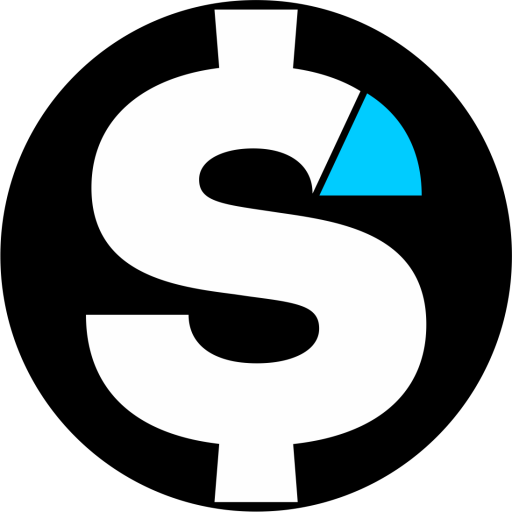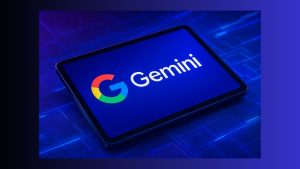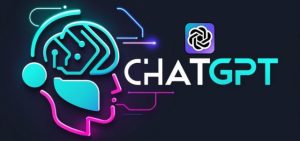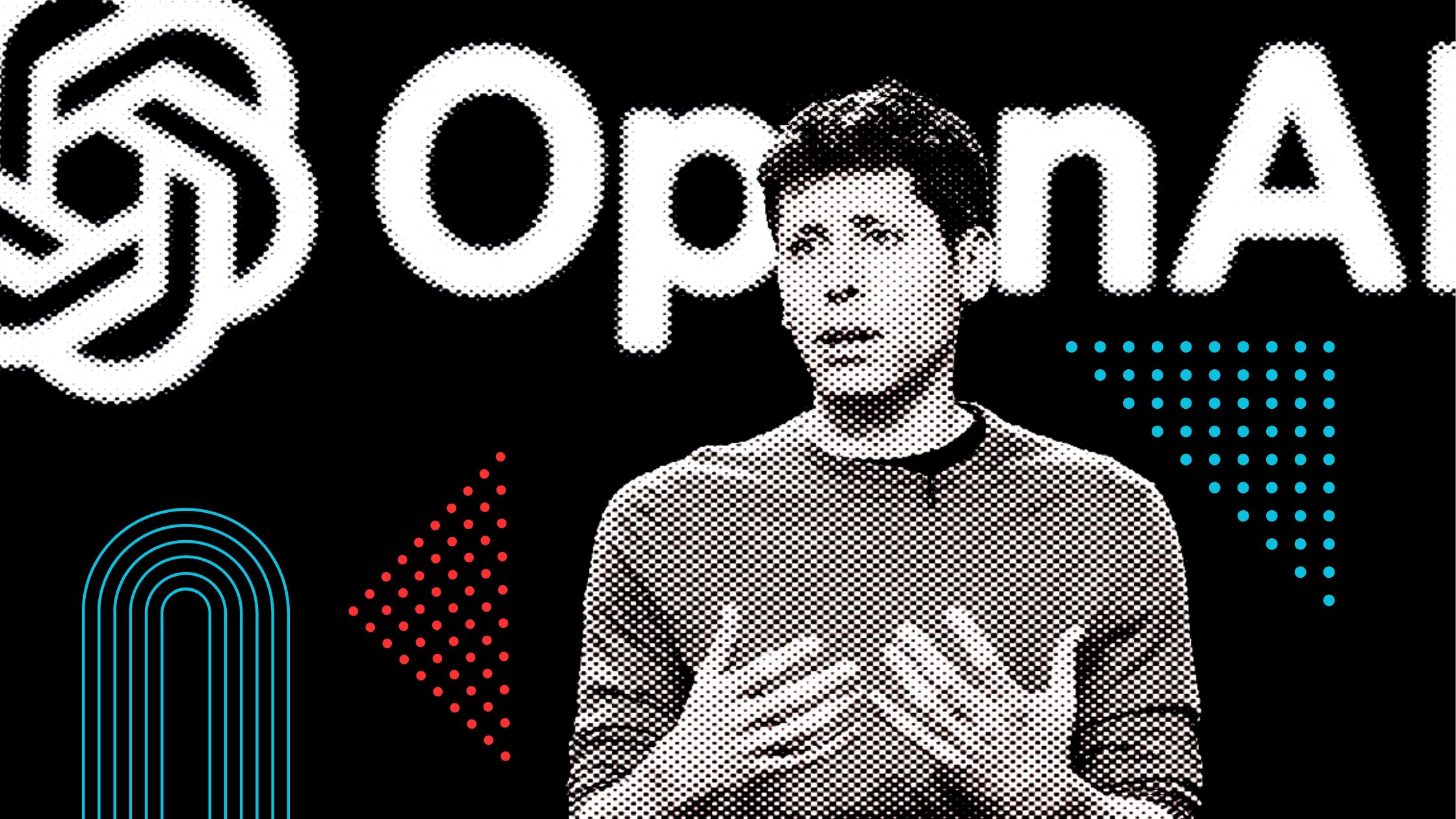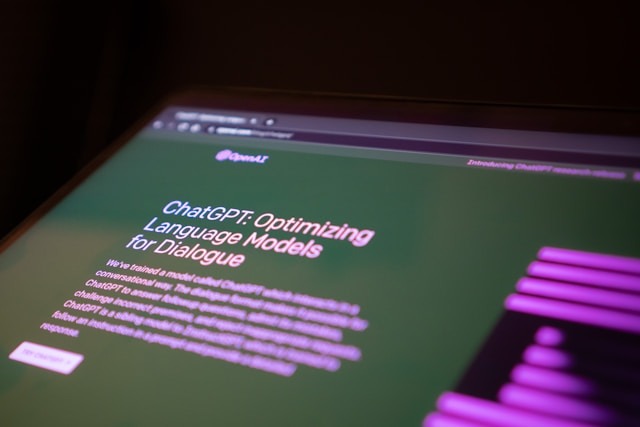I Told ChatGPT to Make Me $1,000 in 7 Days (Here’s What Happened)
 Image: Muhammad Bin Nawaz // Unsplash
Image: Muhammad Bin Nawaz // Unsplash
I never believed any of the videos that claim to have made someone 1,000 dollars in a week using ChatGPT. Most of them sound good but break as soon as you attempt to replicate them. So I did not want to consume, but to test it myself. I put ChatGPT directly to the test: get me to make 1,000 dollars in 7 days. No big team. No expensive ads. A laptop and internet connection, a free ChatGPT account, and just me.
Why $1,000? Since you can actually accomplish it in a week, playing it smart, because it is meaningful enough to be real. My goal wasn’t to hit a jackpot. It was to demonstrate (to myself, first) that with some organization of thought, good prompts, and a little hustle, ChatGPT might be something more than a brainstorming toy. It may even contribute to generating income.
I used ChatGPT as a co-founder, not an ATM. I put limitations on it, questioned it, pressed on its responses, and kept polishing the plan. I was not seeking passive hype, but an emulable system that anyone could build on, particularly creators, freelancers, and online hustlers struggling to hit their first financial ceiling.
Throughout the 7 days I spent, I realized I knew much more than I had initially anticipated, not only about how to make money through the internet, but also decision-making, speed as well as how to be a good user of AI as an actual helper.
The Game Plan
I had to have a plan before I typed the first prompt. Ad hoc side hustle efforts tend to fail since they are not directed. and to begin with I made three rules:
- No upfront investment over $50. Should the idea demand ad investment or costly software it was dead.
- It has to be runnable by an individual. No team, no outsourcing initial.
- It must be measurable. I was interested in knowing precisely the origin of the money.
Then, I divided the 7 days into stages: 2 days research and set up, 3 days execution, 2 days traffic and scaling. Imagine it as a race, one day at a time.
ChatGPT helped me a lot during the planning stage. My prompts were specific:
Prompt: “Provide 10 realistic online business models that could make 1,000 dollars within 7 days with minimal startup and no traffic.“
The first concepts were general: digital products, freelance offerings, stock photos, micro-courses, affiliate marketing. I sorted them out with an easy-peasy filter: I did not want to make use of algorithms and hope that something will go viral. I had to have ways that I could act and achieve results immediately.
I made no attempt to recreate the wheel as well. I would use simple creative tools, like Canva or Midjourney. And I will combine them with ChatGPT to develop the strategy. Next, I will use the platforms that are already popular, such as Etsy, Gumroad, Fiverr, or stock markets. It is an important piece that a majority of people ignore. A site that has already built in purchasers will provide you advantage.
Day 1–2: Research and Setup
The initial 48 hours were all about Strategy and positioning. I operated it as building the base of a small pop-up enterprise. I would quickly test more ideas with the help of ChatGPT, although I did not accept the first response. I went deeper with follow-up prompts such as:
- “What is the shortest turnaround between creation and earning of these ideas?”
- “What niches are not well served yet are highly requested in Etsy and Shutterstock?”
- “Give me examples of 3 digital products I can make in a day and immediate sales.”
This back-and-forth is where ChatGPT was really shining. A few hours later, I was down to two possible monetization options: selling AI-generated stock photos and packing micro-digital products (such as templates or prompt packs). Both were with obvious market demand, easy to produce, and did not depend on advertisements.
After selecting the path, I used the rest of Day 1 to create accounts:
- Etsy for digital products
- Shutterstock and Adobe Stock for stock images
- Gumroad for direct sales, just in case.
I checked the rules of the platform. Many beginners hurry this step and have their accounts flagged or rejection. I was not going to spend days on an irresponsible error.
Day 2 was spent on market validation. I brainstormed 50 or more niche ideas in ChatGPT and then filtered them manually on those services. I have checked bestseller, recently uploaded, seasonal, and pricing. E.g., when I saw a Productivity Notion Template selling hundreds, I would ask ChatGPT to provide me with 10 different variants of the idea.
By the end of Day 2, I had:
- My platforms ready
- Minimal list of product and image niches.
- A content authoring system diagrammed.
Not fancy, but substantial. The groundwork was set. Day 3 and 4 would be day of execution.

Day 3–4: Execution Mode
This is where things got real. Until Day 2, it was primarily strategy, set up and chats with ChatGPT. However, starting on Day 3, I started working on another gear and that was shipping.
I resolved to combine two streams of income at once to stand higher odds of achieving my goal of earning $1,000:
- AI-Generated Stock Images
- The Business offers computer-based products known as Digital Products (Niche Templates).
AI Stock Images
I used the prompts created by ChatGPT on Day 1-2 to narrow down a list of 40 image concepts with high potential; sold to lifestyle creators, remote workers, and modern aesthetics (which sell well in platforms such as Adobe Stock and Shutterstock).
I fed those prompts into Midjourney and Leonardo.ai, and lightly edited my work in Canva to fit the requirements of each platform, such as resolution, aspect ratio, and composition.
By the end of 48 hours, I had uploaded 60 pictures on 3 stock websites. ChatGPT also assisted me in developing key-word filled titles and descriptions within minutes, which normally took me hours manually.
Lesson learned: Quality control is important. I filtered away no less than 15 pictures that were too generic or possessed a small AI flaw. By putting rubbish to upload it faster, you are putting your fortune in the gutter.
Digital Templates
In the second stream, I asked ChatGPT to brainstorm quick-win products using digital products to sell on Etsy and Gumroad. After several rounds, I found myself at Instagram carousel templates business coaches and content creators, a niche I am familiar with.
The copy hooks and content ideas were written by ChatGPT, and the 5 clean and reusable templates were created using Canva Pro. I bundled them into a $12 mini-pack, designed the mockups, and, once more, I used ChatGPT to write SEO-friendly product titles and descriptions.
By the end of Day 4: There were over 60 stock images in use on several sites, 1 digital product was hosted on Etsy and Gumroad. and 2 more product ideas were half-finished and would be uploaded later.
I was not expecting the sales to come as quickly as it did though I started to see clicks and impressions, primarily with Etsy and Adobe Stock. That was encouraging.
Day 5-6: Advertising and Traffic Push
A quarter of the game is execution; the other is distribution. All these two days were about driving traffic with pure techniques with no advertisement, no tricks.
Social Media Push
I asked ChatGPT to write:
- A Twitter/X thread with news of the Etsy template launch.
- Reddit post focusing on digital product subreddits.
- A brief LinkedIn message among professionals.
I adjusted the tone to make it sound human (AI text never reshares well on social), and posted them at timely intervals throughout the two days.
I responded to comments and DMs manually as well. In fact, it was this personal touch that generated more clicks than the posts.
SEO and Keyword Boost
In the case of stock images, I asked ChatGPT to produce some of the alternative keyword tags and revised some of the less successful listings. Adobe Stock, in turn, rewards the relevant keywords heavily. This small optimization made them findable almost overnight.
On Etsy, I ensured that my product titles included keywords and phrases such as Instagram Carousel Templates for Coaches. I utilized all 13 available tags slots. ChatGPT was helpful in brainstorming variants in no time.
Doubling Down
Among the suggestions ChatGPT made at this stage was to package stock images into niche packs at Creative Fabrica. I had no time to execute fully over these two days, but it provided me with a good expansion path beyond the challenge.
By the end of Day 6, I had: Social media incoming traffic, Etsy has a steadily increasing view, and First few stock image downloads and one Etsy sale (my first $12 from this challenge!)
It wasn’t a viral explosion. But it was real momentum. And importantly, it came from consistent daily action, not luck.
Day 7: The Final Push
I had sold about 280 in total sales and downloads going into the final day. Not bad — but far from $1,000. I was aware I had to squeeze out as much as I could.
Pivot + Upsell
ChatGPT has proposed two clever actions:
- Give a time-limited discount on Etsy (get additional templates when you purchase in the next 24 hours).
- Contact micro-creators I follow on Instagram and ask them to take the bundle at a discount in exchange to give a brief shout-out.
I implemented both. The Instagram outreach was actually very successful: two creators with small yet active audiences told about my template bundle in their Stories, prompting a mini-spike in sales that day.
Stock Image Surge
Although I was unable to create a new image just by magic 100 times and upload it in one day, I used Day 7 to add the rest of the completed images I had made but had not uploaded. This increased the size of my portfolio and enhanced exposure, because stock sites are inclined to promote new uploads.
Final Numbers
At the conclusion of the Day 7, the real account is as follows:
| Stream | Earnings |
|---|---|
| Stock Image Downloads | $220 |
| Etsy Template Sales | $360 |
| Misc. Upsells & DM Offers | $120 |
| Total | $700 |
I never reached the 1,000 target, but that was $700 within a week, strategized and innovated by ChatGPT as my thinking and creative partner. Even better, all this turned out to be really assets that continue to generate passive income long after the struggle.
The most shocking fact was not the earnings but how much more quickly ChatGPT was able to process the execution part, specifically in brainstorming, copywriting, and adapting the material to other platforms.
7. Important Learnings: What Worked, What Didn’t.
After the dust had settled I sat down to think seriously about the challenge. These findings were not just numbers; they were knowledge on how ChatGPT is applicable in the actual money-making system. Here’s the honest breakdown:
What Worked Well
ChatGPT as a Creative Engine
This was the biggest win. Chat GPT saved me hours on brainstorming digital product ideas, variations of keywords, and search engine titles and even marketing copy. I had organized plans within minutes instead of sitting and looking at a blank page. That momentum matters.
Quick Implementation With Simple Prompts.
The more detailed my prompts were (Give me 10 stock image trends among remote workers in 2025), the better the results. Generalized questions led to general wording. However, it worked quickly when I was offered tight, niche-oriented prompts.
Multi-Platform Strategy
It was prudent not to depend on a single source of income. Etsy provided quicker sales; inventory services created passive potential in the long term. ChatGPT made me cope with either, but not feel overwhelmed.
Leaning on Free Traffic
I never spent a dollar in advertisements. The targeted eyeball through strategic posting on Twitter/X, Reddit and LinkedIn will be more important than the pursuit of vanity views.
What Failed (or should have done)
Underestimating Setup Time: It is exhausting to post on different sites. The manual part which include approvals, formatting, image requirements, etc, were longer than expected. Even with the assistance of ChatGPT. I lost valuable hours here.
Too Many Streams Too Fast: Attempts to establish two types of products and several traffic channels at the same time diluted me somewhat. In the hypothetical re-creation of this, I would do more to one offer, then riff off of it.
Immediate Stock Valuations to Expect Payouts: Consistency and time are rewarded in stock sites. Posting 60 pictures does not equate to immediate downloads. The snowball traffic weeks. I had been too hopeful of quick returns on that stream.
Human Touch Still Needed: ChatGPT is great at ideation and writing, but my judgment was necessary. It could be choosing the correct niche, correcting social post tone, or the templates templates, but human intuition was a major factor. Expecting ChatGPT to do it all will only make one disappointed.
Final Thoughts
The experiment taught me one valuable lesson that ChatGPT is not a money generator but rather a circuit booster. The actual distinction was in the form of explicit strategy, dedicated action and day-to-day action. Making 1,000 dollars in 7 days with no advertisements, no prior planning can be attempted by anyone.
You can also challenge yourself with a personal 7-day money sprint, but start small. Pick one offer. ChatGPT to eliminate creative and strategic friction. Show up every day for a week. When AI is your partner, you will be surprised at how much you can accomplish.
And, should you take the challenge, I would be interested in your results, leave a comment and subscribe for more money tips with AI

